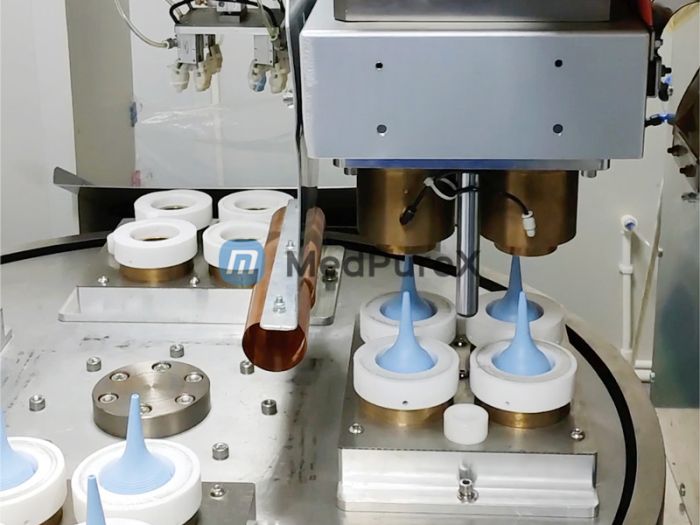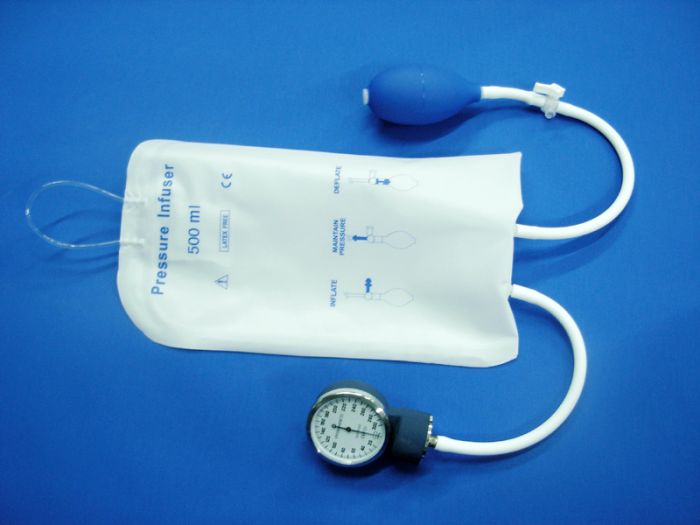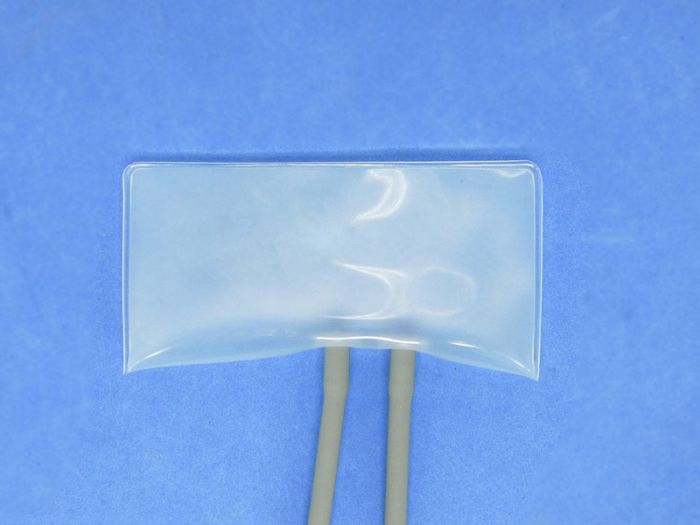What's the difference between an isolation bag and a plastic bag
I. Material and Structure
Isolation Bags:
- Material: Typically made of specialized high molecular polymer materials with excellent barrier properties and chemical stability.
- Structure: Mostly multi-layer composite materials produced through specialized processes, offering superior sealing and sterility.
Plastic Bags:
- Material: Primarily composed of polyethylene (PE), polypropylene (PP), or other plastic raw materials.
- Structure: Usually single- or double-layer structures, relatively simple.
II. Performance Characteristics
Isolation Bags:
- Sterility: Manufactured and sterilized under strict processes to ensure internal sterility, suitable for packaging and transporting sterile products.
- Barrier Properties: Effectively block external factors such as air, moisture, and microorganisms to protect contents.
- Chemical Stability: Resist chemical reactions with contents, ensuring safety and efficacy.
Plastic Bags:
- Low-Temperature Resistance: Some plastic bags (e.g., PE bags) perform well in low temperatures but may deform or melt at high temperatures.
- Chemical Stability: Offer limited barrier properties and sterility compared to isolation bags.
- Transparency: Generally highly transparent, allowing easy visibility of contents.
III. Applications
Isolation Bags:
- Primarily used in fields requiring high sterility, such as healthcare, food, and pharmaceuticals (e.g., transporting sterile solid APIs, excipients, and formulations).
Plastic Bags:
- Widely used in daily life, shopping, and general packaging (e.g., supermarket bags, food packaging, trash bags).
IV. Cost and Environmental Impact
Isolation Bags:
- Cost: Higher due to specialized materials and manufacturing processes.
- Environmental Impact: Some are recyclable, depending on material and local recycling policies.
Plastic Bags:
- Cost: Low and easy to produce/use.
- Environmental Impact: Single-use plastics pose significant global environmental challenges.



